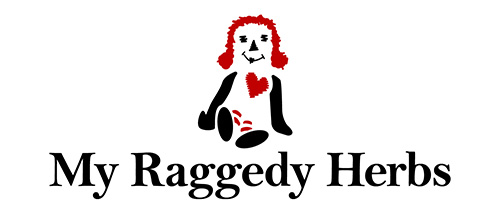
Fall is a great time to enjoy making garden projects that are on your wish list. Both functional and whimsical projects have their place, and making them can be fun family activities.
It’s difficult for me to complete these type of projects during the spring and summer months because I am so busy harvesting, drying and storing herbs or preserving all of the food that’s coming out of our gardens. One of the projects that I have been wanting to make is some native bee houses. These are the rustic, hand-made houses that you build by using various items found around your home and garden.
Since our family owned a honey farm for several years, I am very familiar with what it takes to put together a working hive. I also understand the importance of pollinators. But the homes that I would like to make are different. They are not all uniform and painted white, and they attract insects that are not as popular (but equally necessary) as the beloved honeybee.
I would love to attract more native bees to our gardens, but in order to do so, I must prepare for them. It’s important to consider what insects that I hope to attract and construct homes that are well-suited—actually, that are just perfect for them!
The majority of native bees are ground-nesting, but other wood and cavity-nesting bees seek to build homes in structures like these homemade hotels. The easiest way to construct a native bee house is to gather hollow sticks, reeds and pieces of bamboo and cut them into short pieces that are at least six inches in length.
After that, it is best to ensure that each piece is completely hollowed out by using a drill bit. When the straws are ready, you can use wire, twine or glue to bundle them together. This part of your construction will create many dwelling places for individual bees.
You can create interest and variety in your bee house by drilling holes into a block of wood, a piece of log or other solid items. Be careful to not drill all the way through the back, and if you’re hoping to attract mason bees, then each hole should be five to six inches deep and between 1/4 – 3/8 of an inch in diameter.
After you have the essential home-building holes in place, you can let your creative juices flow by decorating your new bee house. I plan to use fibers and natural materials found around our gardens, pastures and pond to give each home an all-natural feel.
When your bee house is finished, you will need to mount it on a post or position it, so that it is somewhat elevated. It is best to face it to the south or southeast, and remember that many of the insects that will use it need mud to seal off each chamber (or hole), so having your bee home near a water source is helpful.
As I am making my plans, I’m reminded of one of my favorite Bible verses. In John 14:1-3, Jesus was comforting His disciples, and He told them these words, “Do not let your heart be troubled; believe in God, believe also in Me. In My Father’s house are many dwelling places; if it were not so, I would have told you; for I go to prepare a place for you. If I go and prepare a place for you, I will come again and receive you to Myself, that where I am, there you may also be.”
We cannot deny that we are living in troublesome times, but our loving Savior does not desire for us to be troubled. Jesus completed his earthly mission, ascended to Heaven and is preparing a home for each person who chooses to place their faith in Him. He is preparing a special dwelling place for you and me, my dear brothers and sisters, and it will be well-suited for each of us—actually it will be just perfect!
Since He is preparing, He is returning. I pray that you are prepared for His return.

